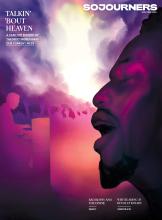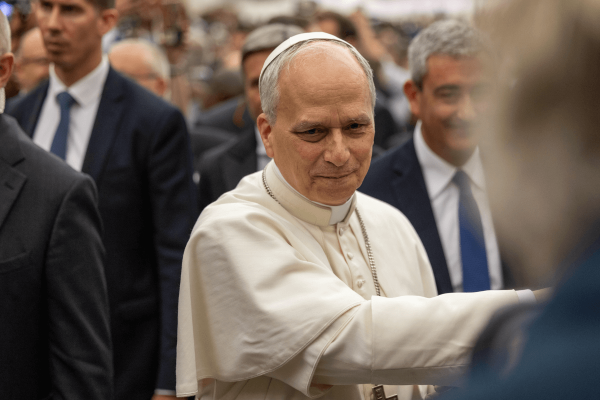May 12, 2025
Leo’s papacy comes at a time of tension between the Vatican and the Trump administration. A few months before he died, Pope Francis issued a letter to the church’s American bishops condemning the president’s approach to immigration and took direct aim at Vice President JD Vance’s attempts to use his Catholic faith to justify the administration’s deportation policies. Pope Leo XIV, then a cardinal, publicly agreed with Pope Francis and posted on social media that “JD Vance is wrong: Jesus doesn’t ask us to rank our love for others.”
Here’s what Pope Leo XIV has said over the years on a number of issues.
Read the Full Article

Already a subscriber? Login
